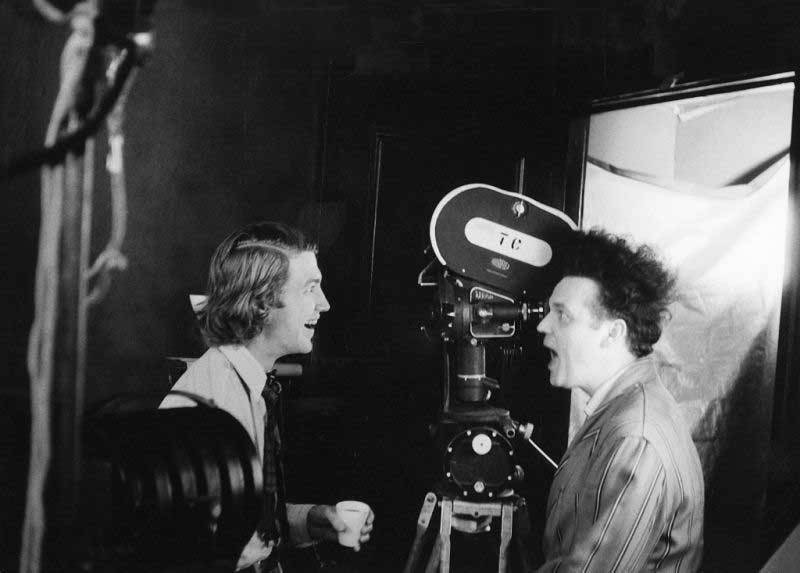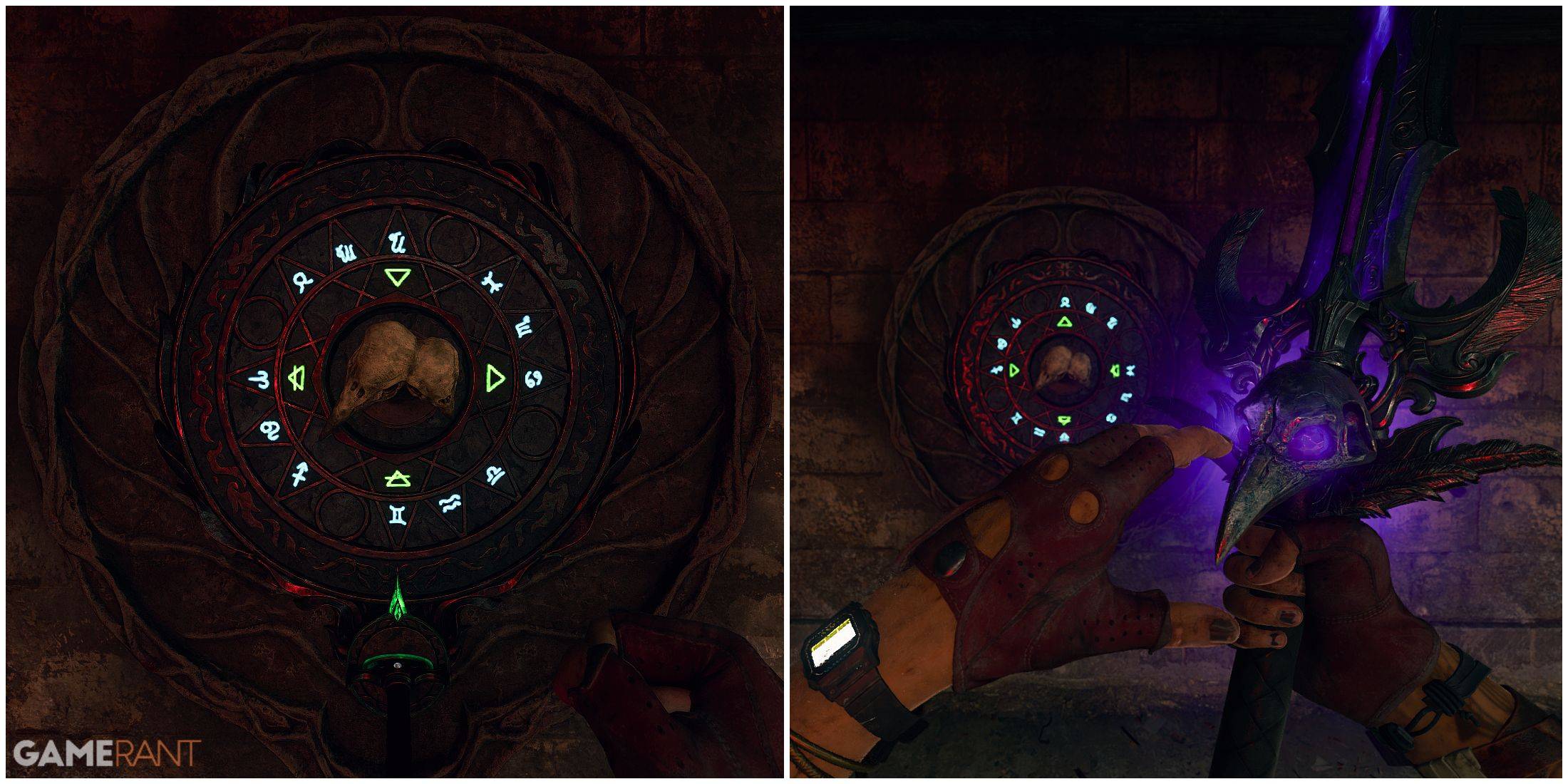"David Lynch: A Unique Filmmaking Legacy"
- By Thomas
- May 01,2025
In the pilot of Twin Peaks, David Lynch masterfully captures the mundane before shattering it with the shocking news of Laura Palmer's death. The scene begins in a high school, where everyday life unfolds: a girl sneaks a cigarette, a boy heads to the principal’s office, and attendance is taken. Suddenly, a police officer enters the classroom, whispering to the teacher. A scream pierces the air, a student dashes across the courtyard, and the teacher struggles to hold back tears. The camera then focuses on an empty seat, as two students exchange a knowing glance, realizing their friend Laura is gone. This moment encapsulates Lynch's ability to weave the ordinary with the unsettling, a hallmark of his work that always hints at something lurking beneath the surface.
This scene from Twin Peaks is quintessentially David Lynch, highlighting the thematic thread that runs through his career. Yet, it's not the only definitive moment; Lynch's oeuvre is rich with scenes that resonate differently with each fan. His work's dream-like, unsettling quality has earned the term "Lynchian," a descriptor as broad and elusive as the feelings his films evoke. This unique adjective joins the ranks of "Kafkaesque," applicable to anything that feels profoundly disorienting and unsettling, reflecting the vast influence of his singular voice.
Lynch's impact transcends generations, as seen in the rite of passage of watching Eraserhead, a film that continues to captivate new audiences. For instance, a teenager and his girlfriend independently chose to binge-watch Twin Peaks, immersing themselves in the world of Windom Earle, showcasing the timeless appeal of Lynch's work. His ability to blend the odd and the timeless is evident in Twin Peaks: The Return, where a child's bedroom evokes the 1950s, juxtaposed against a surreal, nightmarish reality.
Lynch's refusal to conform to Hollywood norms is legendary. Twin Peaks: The Return defied expectations by not reviving key characters in a conventional way, staying true to his un-Lynchian approach. Even when he ventured into mainstream cinema with Dune, the result was unmistakably Lynchian, complete with bizarre imagery like a cat/rat milking machine. His struggle with the film is detailed in Max Evry’s book, A Masterpiece in Disarray, highlighting how Lynch's vision persisted despite the challenges.
Lynch's films, such as The Elephant Man, showcase a blend of beauty and disquiet. Set in a time when "freaks" were exploited, the film tenderly portrays John Merrick's life, embodying the Lynchian essence of finding humanity in the grotesque. Similarly, Blue Velvet peels back the facade of mid-century Americana, revealing a dark underworld beneath the surface, a theme consistent throughout Lynch's work.
The influence of Lynch extends to contemporary filmmakers. From Jane Schoenbrun's I Saw The TV Glow, inspired by Twin Peaks, to Yorgos Lanthimos's The Lobster and Robert Eggers's The Lighthouse, the Lynchian touch is evident. Even Denis Villeneuve's early films like Enemy and Maelstrom owe a debt to Lynch's otherworldly style. His impact is a testament to his role as an influence rather than just a collection of influences.
David Lynch's legacy is not just in his films but in the "Lynchian" moments that filmmakers and audiences continue to discover. As we look beneath the surface, we find the unsettling, the surreal, and the timeless—elements that define his enduring influence on cinema.
 David Lynch and Jack Nance on the set of Eraserhead.
David Lynch and Jack Nance on the set of Eraserhead.
Latest News
more >-
- Rare's Everwild Update From Phil Spencer
- Dec 24,2025
-

- Beyond the Ice Palace 2 Launch Details Announced
- Dec 24,2025
-

- Master MARVEL Mystic Mayhem with Top Tips
- Dec 23,2025
-

- Caleb Returns in 'Fallen Cosmos' Event
- Dec 23,2025
-
- Lies of P DLC Director Vows to Adjust Difficulty
- Dec 23,2025



